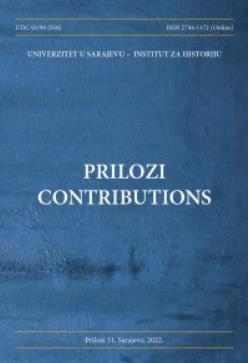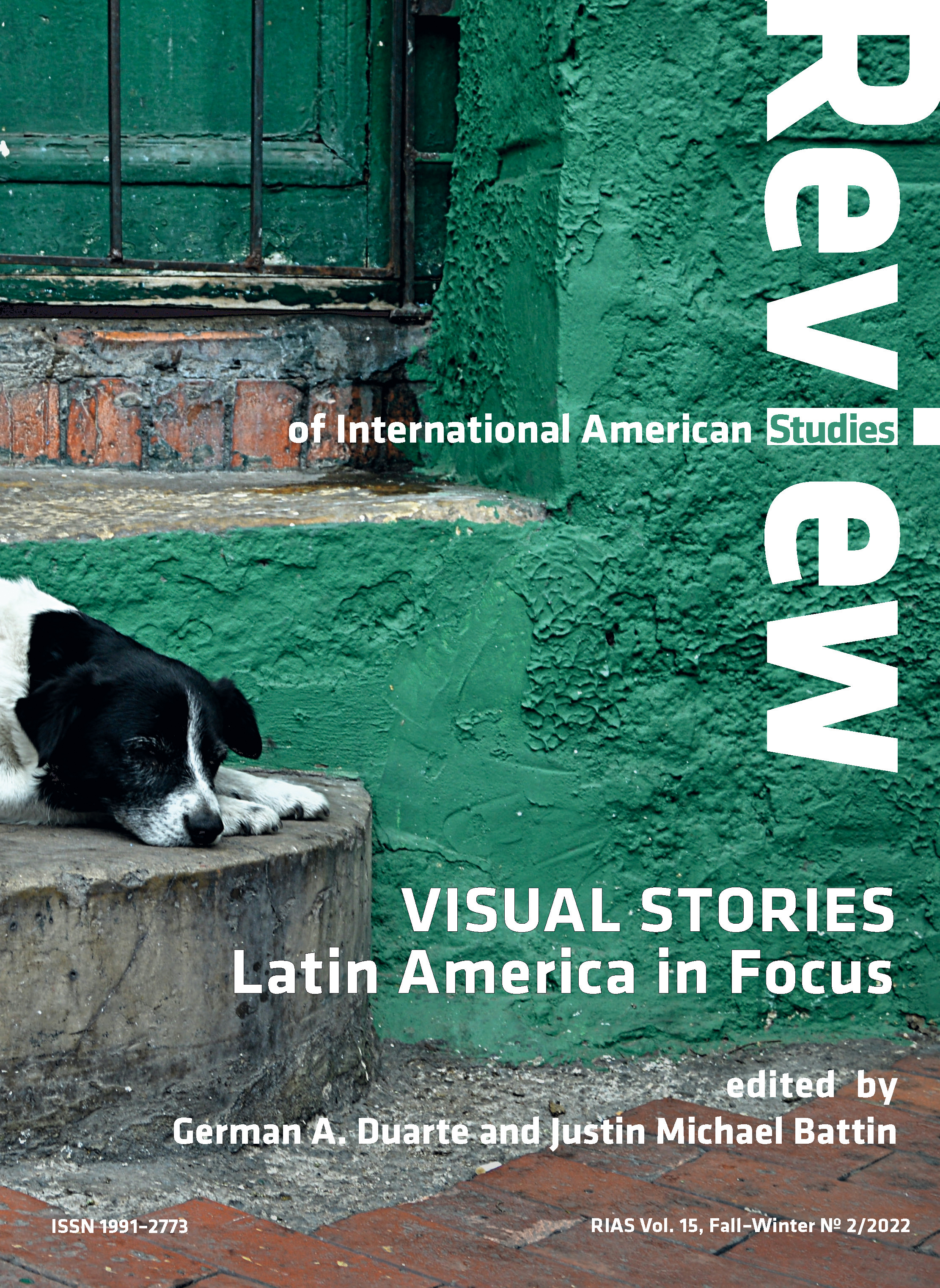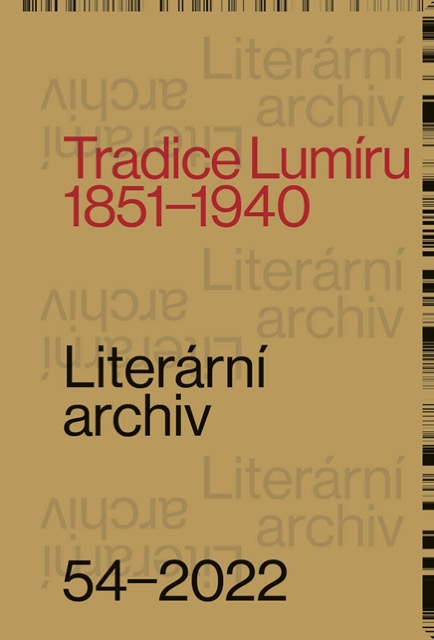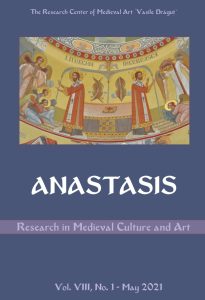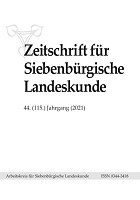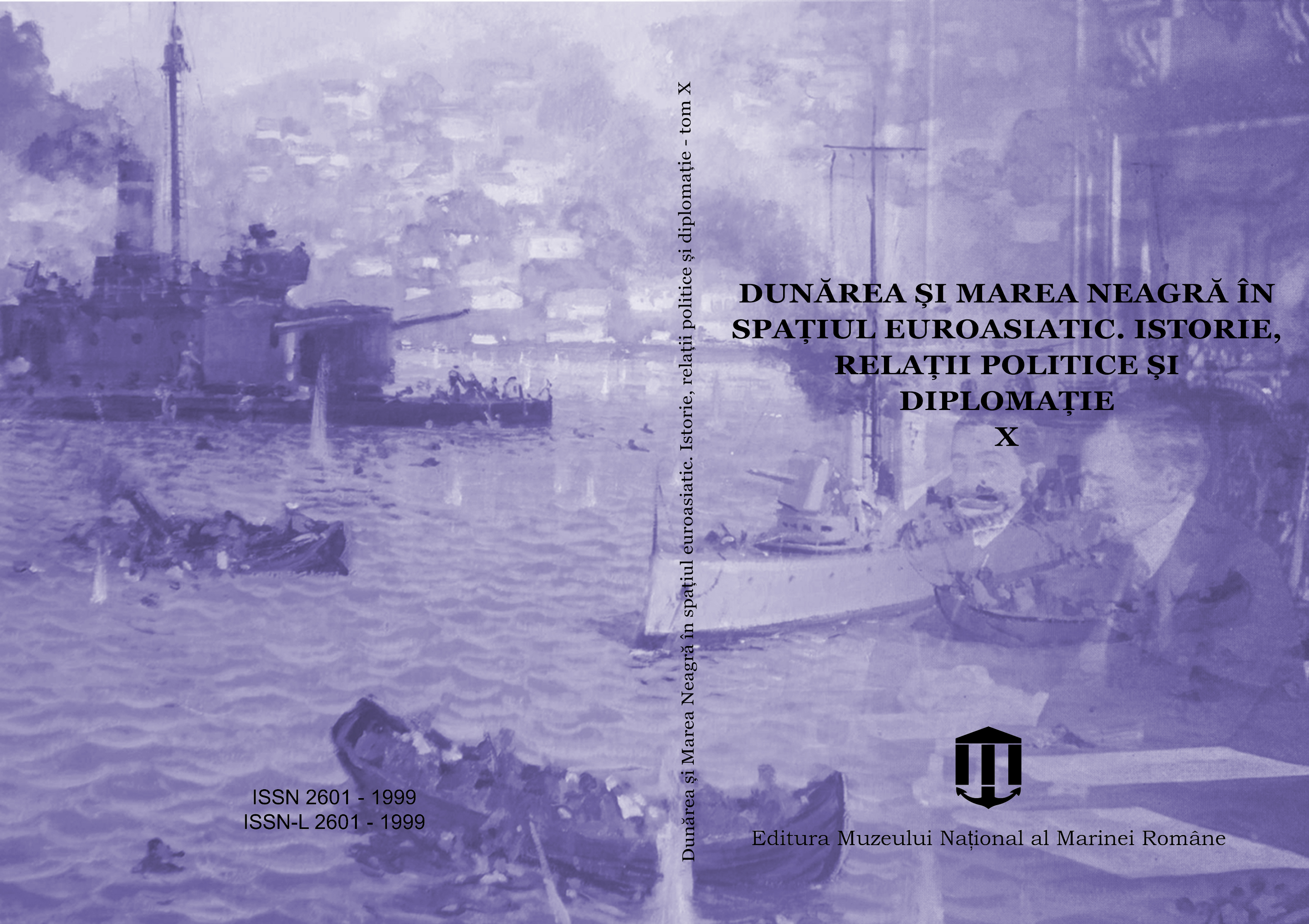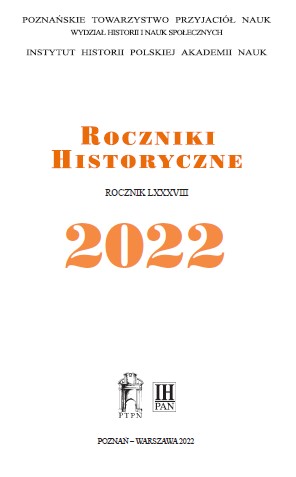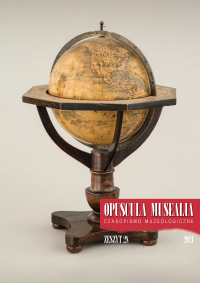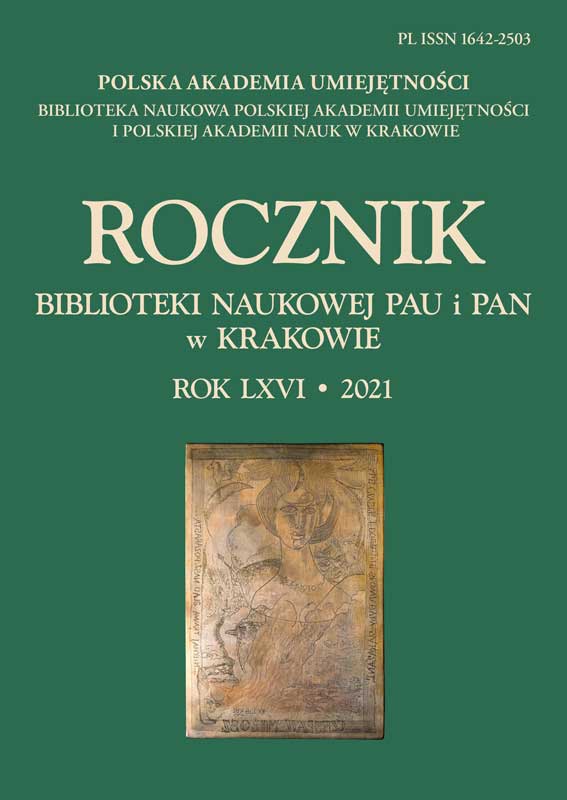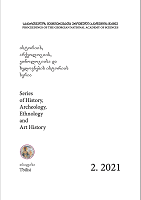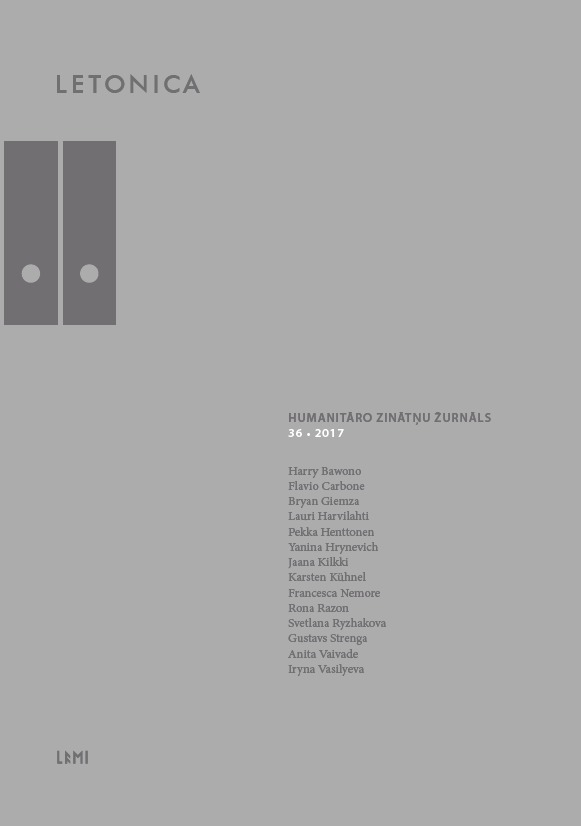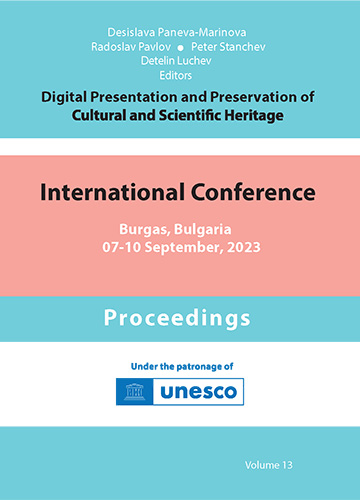Author(s): Anita Vaivade / Language(s): English
Issue: 36/2018
The paper explores a context for archival practice, namely the intergovernmental cooperation within UNESCO and international as well as national policy making and policy-implementation in the field of intangible cultural heritage (hereinafter – ICH). Although neither “inventorying”, nor “intangible” are among the most frequently used words in the present day vocabulary of archival practice, they are nevertheless of high relevance for archival work. The paper provides some historical insights into the evolution of intergovernmental debates during the previous decades, in relation (initially) to safeguarding folklore or traditional and popular culture, and (later) to safeguarding ICH. Such evolutions include, for instance, shifts from an emphasis on centralised national archives to decentralised documentation institutions, from harmonising archiving methods to diversifying research methodologies, from specialists trained in conservation to communities trained in safeguarding. The paper further explores the present international stances and principles for national ICH inventorying (in relation/comparison to international ICH listing), and the various roles that archives have or could have in that regard, with some national cases as examples. The paper concludes by exploring some prospects for partnerships where archival knowledge, expertise, know-how and experience could be put into practice for the initiatives of ICH inventorying, whether carried out by public institutions, or accomplished as community-driven non-governmental initiatives. The article provides some international standard-setting references, which currently ground the international cooperation on ICH safeguarding, including (in relation to inventorying): awareness-raising, ethical principles, and others. And such references, in their turn, could be practically used for considering possible involvement of archives in policy-implementation in the field of ICH, as well as potentially contributing to on-going policy development in this same field, both at the national as well as international levels.
More...
